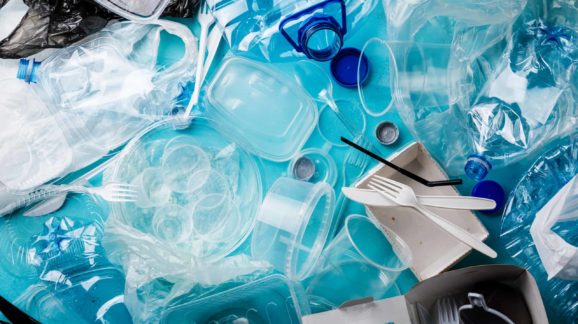New CEI Paper Highlights the Benefits Plastics Products Provide Wildlife and the Environment

Photo Credit: Getty
In a report released today, Competitive Enterprise Institute (CEI) senior fellow Angela Logomasini argues that misguided legislation before Congress could destroy the U.S. plastics industry while not solving legitimate problems such as ocean pollution. These proposals wrongly target plastics without regard to important environmental benefits associated with them. As a result, they promise to do more harm than good, adversely impacting wildlife and our environment.
In How Plastics Benefit Wildlife and the Environment, Logomasini writes that while there are legitimate concerns about the effects of plastics litter on the environment, particularly wildlife, anti-plastics bills reflect a larger, radical-left agenda to cripple the U.S. fossil fuel industry.
Many people assume that natural and renewable resources are always environmentally preferable to man-made, synthetic alternatives, but both the history and experience associated with plastics use demonstrates otherwise. Synthetic plastics reduce mankind’s impact on wildlife populations in two main areas: They reduce the need to secure resources from animals in the wild and to farm renewable resources.
Examples of synthetic plastic alternatives benefitting wildlife or humanity include:
- Paper straws are as much as ten times more expensive than plastic straws because paper requires more resources – energy, raw materials, and water – than plastics, which are comprised of byproducts from fossil fuel production.
- Reducing demand for poaching elephants by replacing ivory billiards balls with synthetic alternatives.
- Inventing synthetic rubber to replace latex drained from rubber trees likely helped the U.S. avoid defeat in World War II when much supply was grown in Japanese-occupied territories.
- The rise of synthetic textiles like vinyl, nylon, and polyester lowered demand for natural ones like cotton, silk, or jute, leaving more land for wildlife.
“Many people recognize plastics make life easier and more convenient, but fewer consider the positive effects plastics have on the environment, both regarding resource use and for wildlife,” said study author Logomasini. “Unfortunately, these realities are often left out of debates about plastics’ effects on the environment, and resulting policy unproductively focuses on bans and regulations that would ultimately undermine environmental goals.”
View the report, How Plastics Benefit Wildlife and the Environment by Angela Logomasini